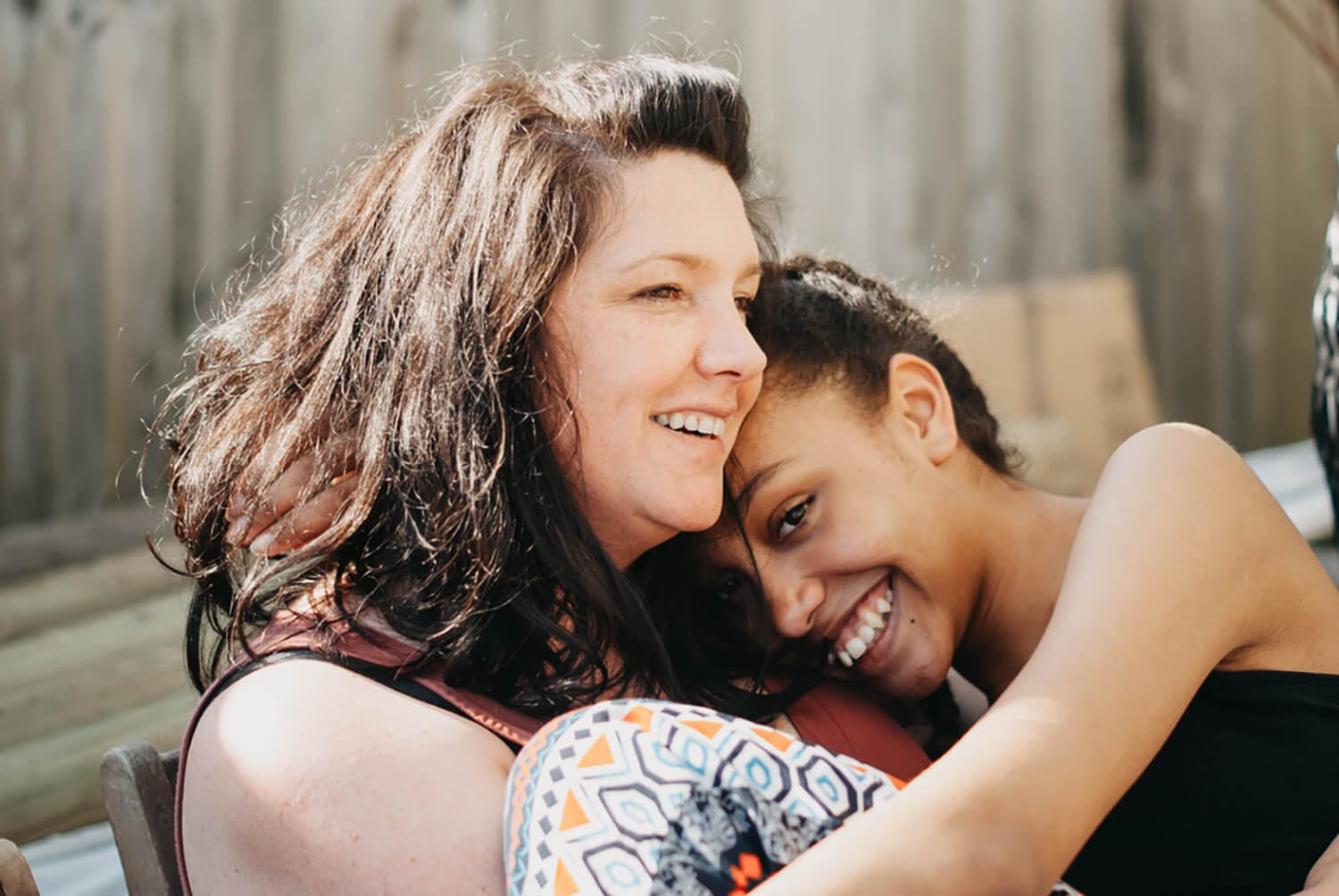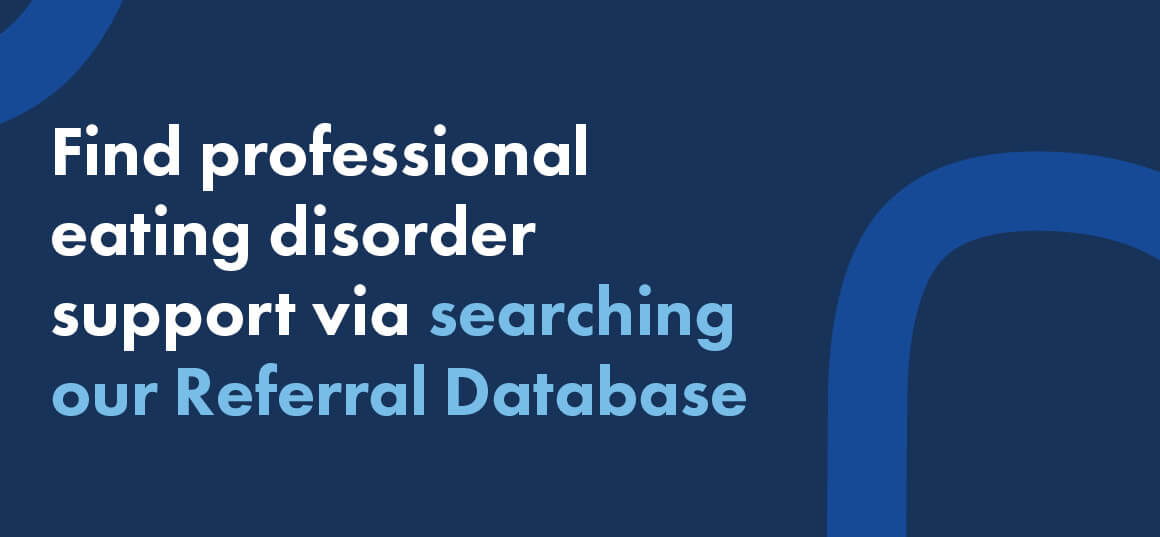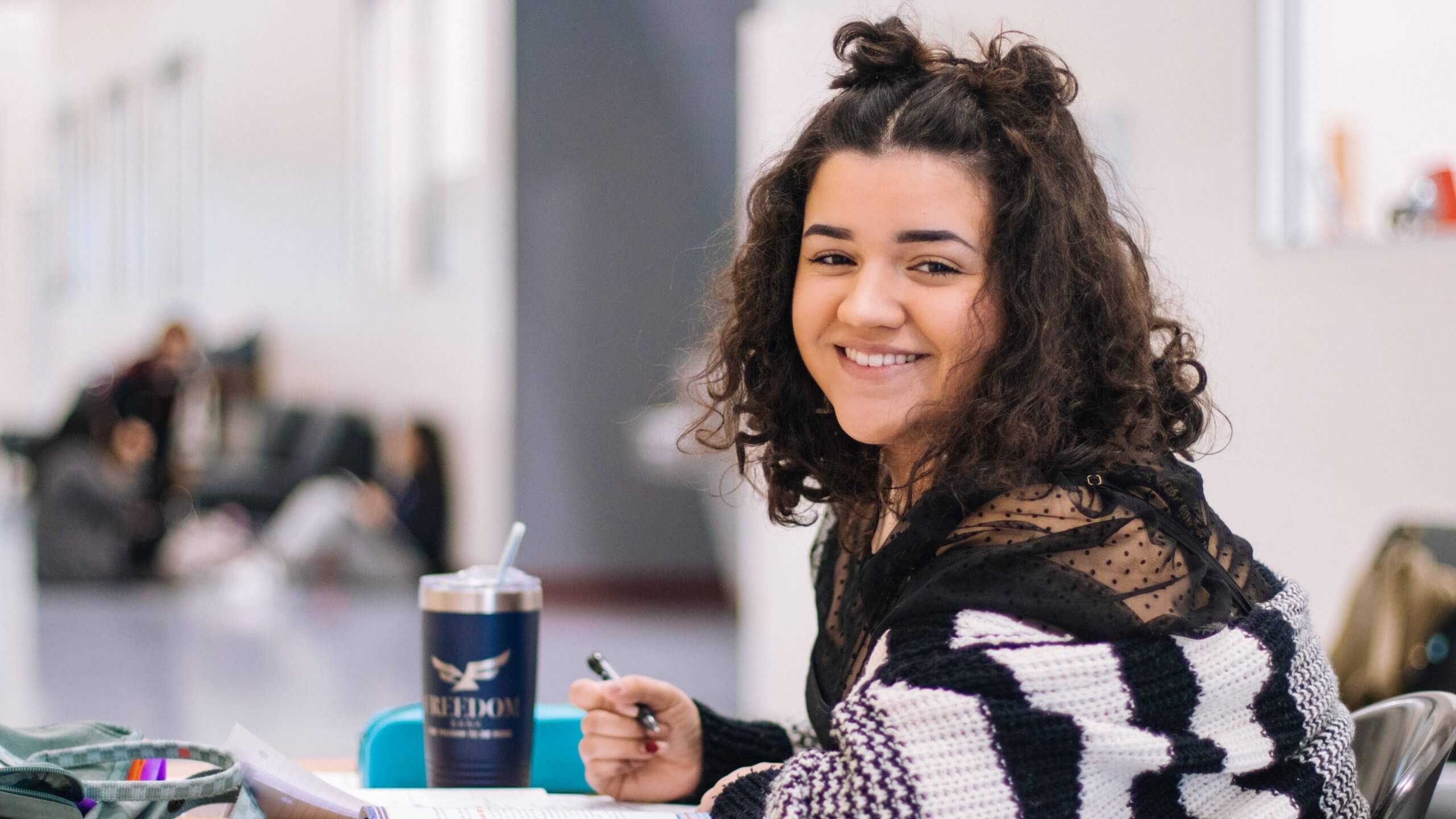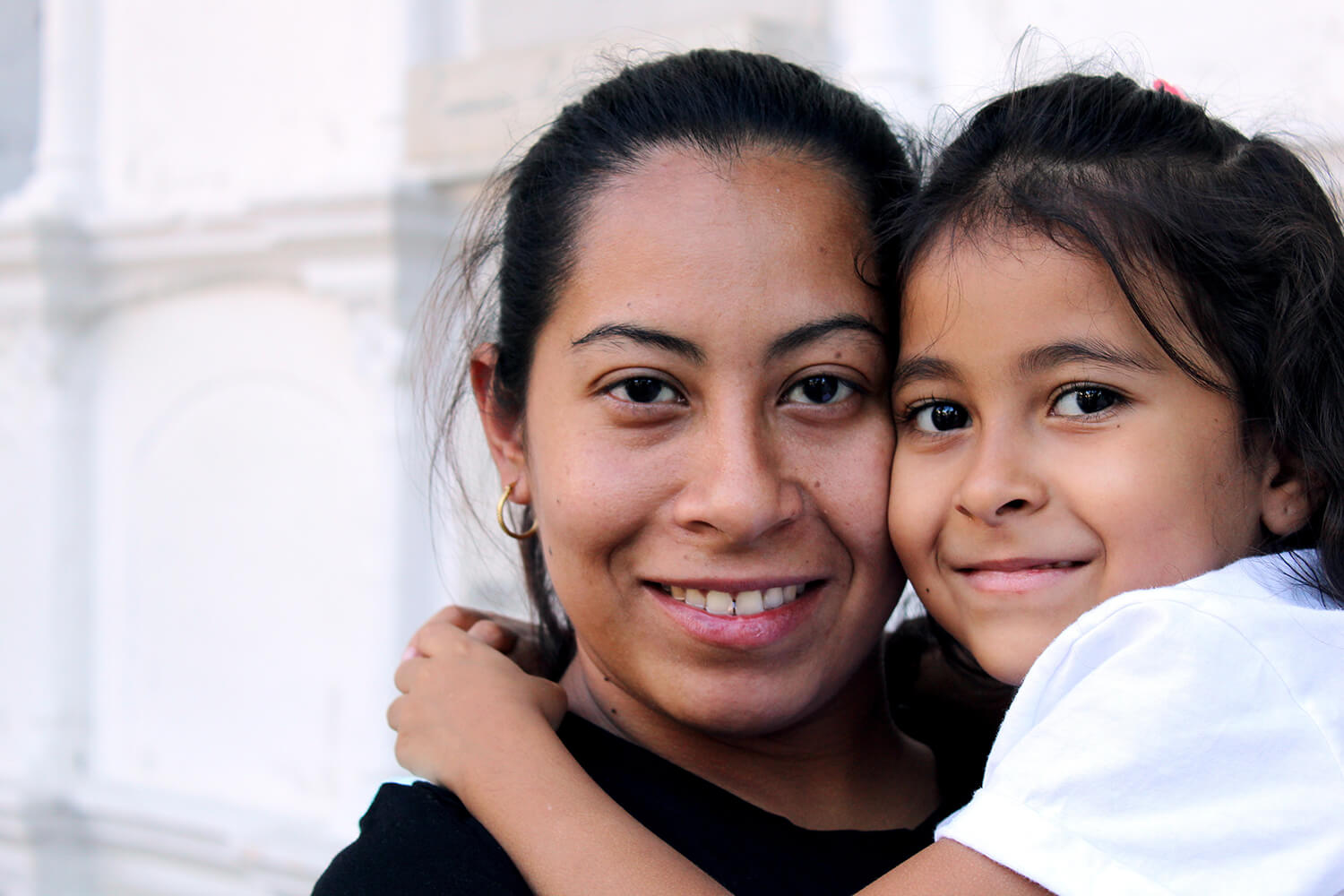Helping your daughter navigate social media
The ongoing challenge that females face, regardless of age or where they are from, is that beauty and appearance ideals constantly change. Society has always set the benchmark for what is ‘more’ beautiful or attractive when it comes to the female body, so this certainly is not a new thing for females to navigate.
The problem with ideals is that they don’t allow or celebrate difference, nor do they embrace diversity in body and appearance. As a result of social media platforms, exposure to fit, thin beauty and appearance ideals is more saturated and intense than ever before.
Thin and fit body ideals are flooding newsfeeds, constantly changing, and reinforced by celebrities or influencers. Unfortunately, exposure to these images often drives feelings of inadequacy, ugliness and unworthiness due to comparison, particularly in young, vulnerable teenage girls.
When a young person feels this way, they are more at risk of engaging in risky behaviours such as excessive exercise, dieting and cosmetic procedures in an attempt to improve the way they look, with the hope of changing the way they feel about their body and appearance.
Of course, this is never the long-term answer and instead places them at greater risk of experiencing ongoing body dissatisfaction, disordered eating and in some cases an eating disorder. All of which can significantly impact their physical and mental health.
Parents can play a vital role in supporting their daughters to navigate social media in a positive way. Understanding the various platforms is a great place to start. This will help parents to empower their daughters to choose what they see and follow and ultimately curate a more diverse, positive, and balanced ‘feed’.
It’s important that parents are aware of what their girls are posting, what hashtags they follow and who they are following. This may help to explain behaviours around eating, exercise, fashion, and beauty – particularly if these behaviours have recently changed.
Helping girls to challenge the messaging behind posts (sponsored and non-sponsored) is also vital as developing a critical eye when looking at social media images can help them see beyond the image; build their social media skills, change the internal narrative and strengthen their body confidence. While it may be challenging at times to communicate with an adolescent, it is important to find ways to connect and to keep the lines of communication open.
Honest, real, and non-judgemental conversations are key. Complimenting your daughter, often, on their non-appearance based strengths, talents and attributes reaffirms that they are more than how they look – they are a whole person and you value them for who they are, not how they look. Showing them, through positive role modelling is also key.
Article originally seen in the Daily Telegraph: (https://www.dailytelegraph.com.au)
If you are concerned that your daughter is overly preoccupied with health, weight, shape, appearance and if their mood, eating and exercise behaviours have changed. We encourage you to trust your instincts and seek professional support www.thebutterflynationalhelpline.org.au





















